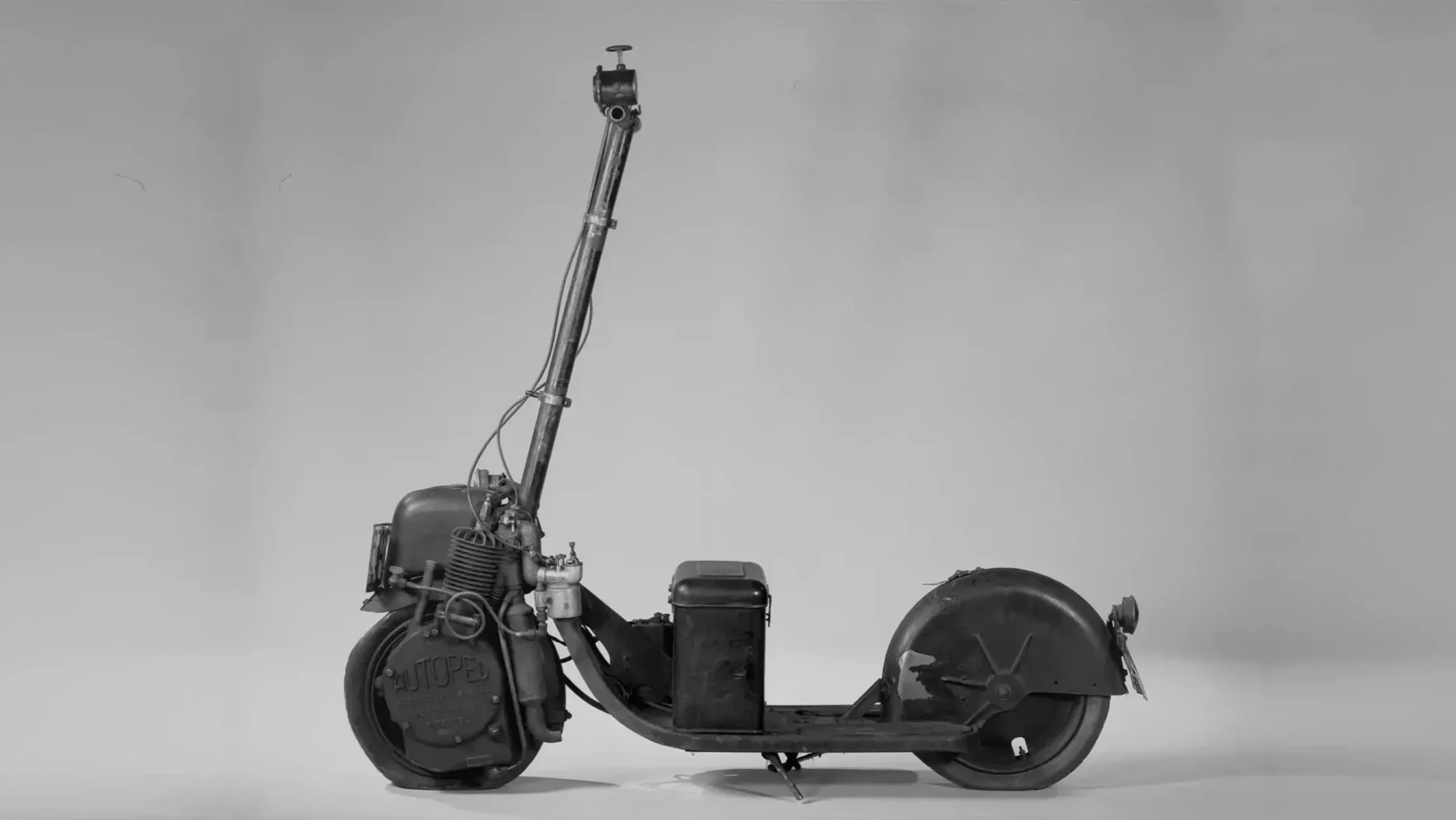The journey of electric scooters reflects the rapid evolution of personal transport technology. What started as a niche, recreational gadget in the early 2000s has transformed into an indispensable commuting option in cities worldwide. Early e-scooters were simple, low-powered machines with limited range, mainly marketed as toys or novelty devices. However, the past decade has seen a remarkable shift, driven by advancements in technology, changing consumer demands, and a global push toward sustainable transport solutions.
The Early Days: Small Beginnings
In their infancy, electric scooters were powered by small lead-acid batteries and low-wattage motors, resulting in short ride times and moderate speeds. These early models lacked durability and were primarily used for short distances. With minimal suspension and braking systems, they were unsuited for anything more than leisurely rides, often confined to recreational use.
A Technological Revolution: Lithium-Ion Batteries and Brushless Motors
The real turning point came with the advent of lithium-ion batteries, which provided a massive boost in range, weight reduction, and power. This innovation, coupled with the rise of brushless motors, allowed e-scooters to achieve higher speeds and longer journeys on a single charge. Around the same time, manufacturers began to integrate more advanced suspension systems, enhanced braking mechanisms, and durable materials, making e-scooters safer and more comfortable for daily use.
Growth in Popularity: E-Scooters as Commuting Solutions
With the rise of electric scooter sharing programs like Lime and Bird in the late 2010s, e-scooters became accessible to millions, leading to a surge in popularity. Urban commuters, drawn to the convenience, affordability, and eco-friendly aspects of e-scooters, quickly adopted them as viable alternatives to cars or public transportation. Cities worldwide saw the advantages of reduced traffic congestion and lower carbon emissions, although challenges such as regulation, road safety, and scooter clutter emerged as well.
The Modern Era: High-Performance and Specialized Models
Today, electric scooters have diversified into various categories, from compact, lightweight commuter models to high-performance, off-road machines capable of hitting speeds over 60 mph. Features like app connectivity, regenerative braking, advanced lighting, and customizable riding modes have made e-scooters versatile and adaptable to different rider needs. Moreover, the push toward sustainability has made e-scooters an attractive choice for eco-conscious consumers, positioning them as a central component of modern urban transport.
The Road Ahead: What’s Next?
As e-scooter technology continues to advance, we can expect even more innovations, such as improved battery technology for longer range, smart safety features, and integration into urban infrastructure. With companies and governments investing in micro-mobility solutions, electric scooters are set to become a permanent fixture in the future of sustainable city commuting, evolving from a curiosity into a mainstay of urban life.




